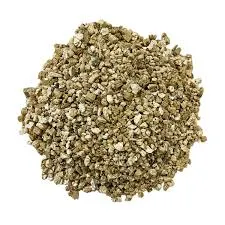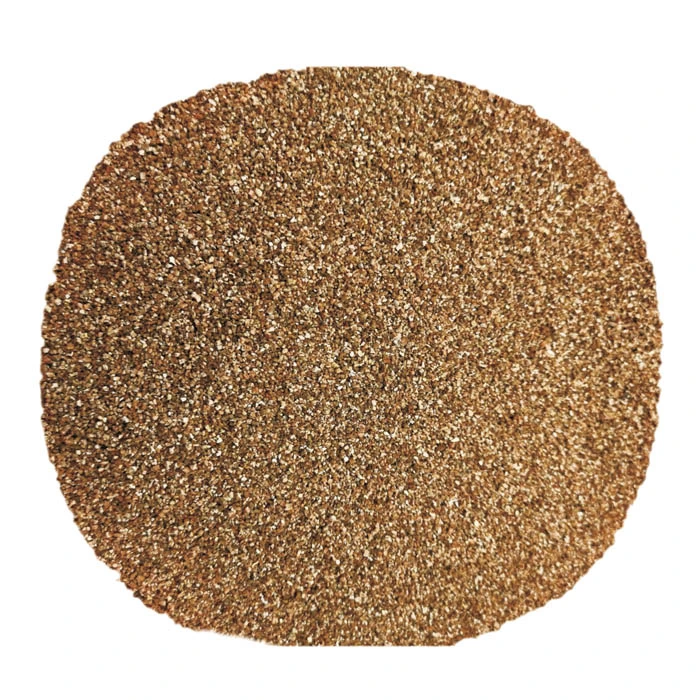ജൂണ് . 07, 2025 08:16 Back to list
Lightweight Concrete Aggregate Factory & Suppliers Premium Quality
- Fundamentals of modern concrete aggregate
technology - Material innovation driving structural efficiency
- Performance benchmarks and industry standards
- Comparative analysis of leading producers
- Custom formulation processes
- Specialized application case studies
- Selecting optimal supply chain partners

(concrete aggregate)
Understanding Concrete Aggregate in Contemporary Construction
Construction professionals increasingly specify specialized aggregates to enhance structural performance while addressing environmental concerns. Modern concrete aggregate solutions extend beyond traditional gravel and crushed stone, with engineered alternatives offering superior weight-to-strength ratios. This evolution responds directly to demands for taller structures, reduced foundation loads, and sustainable material sourcing - particularly vital in seismic zones and rehabilitated buildings where dead load directly impacts project viability.
The manufacturing process transforms raw materials through precision thermal expansion. Industrial byproducts including expanded shale, clay, and slate undergo kiln processing at 1,200°C, creating permanent internal voids. These microcavities yield densities averaging 1,100 kg/m³ compared to conventional aggregates' 2,200 kg/m³, while maintaining 35 MPa compressive strength after 28-day curing periods.
Structural Advancements Through Material Science
Expanded aggregate introduces significant engineering benefits beyond density reduction. Enhanced thermal resistance (R-values up to 25% higher than standard concrete) and superior fire ratings (4-hour firewalls achievable with 150mm thickness) provide passive safety advantages. Chemical inertness prevents sulfate reactions and alkali-silica deterioration that typically compromise structural integrity over time.
Leading laboratories have documented 60% reductions in thermal bridging compared to conventional construction. This thermal performance translates directly to operational savings, with building lifecycle analyses showing 22% lower HVAC requirements in structures utilizing advanced aggregate systems. The inherent capillary structure also reduces water permeability by up to 45%, drastically minimizing freeze-thaw damage in cold climates.
Quantifying Performance Advantages
Third-party verification confirms critical specifications that influence construction outcomes. Testing consistently shows modulus of elasticity values between 16-22 GPa in lightweight concrete applications - providing the flexibility needed for high-rise sway resistance without compromising structural rigidity. Sound transmission improvements are equally compelling, with airborne noise reduction averaging 8 dB higher than conventional slabs.
Environmental data demonstrates quantifiable benefits: each cubic meter of lightweight aggregate utilizes approximately 220kg of post-industrial materials. When considering the entire concrete system (including cement reductions enabled by strength efficiency), carbon footprints decrease by 15-28% versus conventional approaches. Construction efficiency gains compound these advantages - documented project case studies show 23% faster placement times due to reduced lifting requirements.
Manufacturer Comparison
| Producer | Production Capacity | Specialized Products | Regional Distribution | Certifications |
|---|---|---|---|---|
| AggregateTech Solutions | 850,000 MT/year | Structural LW, Insulating Fill | Global export facilities | ISO 9001, EN 13055 |
| LiteBuilt Materials | 650,000 MT/year | High-Strength Blend, UL Fire Rated | North American plants | ASTM C330, ACI 213 |
| EcoAggregate International | 1.2M MT/year | Marine Grade, Precast Formulation | European/Asian hubs | BS EN 206, ISO 14001 |
Independent quality audits reveal significant variance in particle consistency - leading manufacturers maintain ≤8% deviation from optimal gradation curves versus industry averages of 15-22%. Production facility capabilities directly influence material consistency, with rotary kiln processors achieving superior thermal uniformity compared to older shaft kiln systems. Regional material variations necessitate rigorous testing: volcanic-based aggregates in the Pacific Northwest exhibit different thermal expansion characteristics compared to shale-sourced materials from the Midwest.
Project-Specific Formulation Development
Custom aggregate solutions begin with comprehensive requirements analysis. Producers conduct mixture optimization trials to balance density targets (typically ranging from 1,000-1,700 kg/m³) with structural demands. Recent bridge deck projects required compressive strengths exceeding 40 MPa while achieving 1,400 kg/m³ maximum density - attained through precisely graded blends expanded to specific pore structures.
Advanced production facilities employ computerized batching controls managing up to 18 material variables simultaneously. This technical sophistication enables reproducible mixtures for specialized applications such as floating marine structures requiring 800-1,000 kg/m³ densities or radiation shielding applications needing baryte-enhanced formulations. Facility audits show leading plants maintain batch consistency within 1.5% material variance between loads.
Documented Application Successes
A recently completed 40-story tower in Chicago demonstrates calculated advantages - lightweight aggregate foundations saved 9,500 metric tons of structural load, enabling $2.7M in foundation cost reductions while satisfying strict vibration tolerance requirements. The reduced mass allowed construction on problematic soil conditions that previously required prohibitively expensive pilings.
Marine infrastructure projects show enhanced durability: ferry terminals utilizing marine-grade lightweight concrete showed <1% surface deterioration after 15 years in tidal zones, compared to 5-7% deterioration in conventional structures. Material innovations specifically address regional challenges - Saudi Arabian projects using sulfate-resistant formulations report zero structural degradation in high-salinity environments where traditional structures required remediation within 7 years.
Partnering with Qualified Lightweight Concrete Aggregate Suppliers
Material selection requires thorough evaluation beyond cost considerations. Established lightweight concrete aggregate suppliers provide comprehensive technical support including structural mix design services, on-site quality monitoring, and supply chain continuity planning. Project documentation from certified producers typically includes mill reports with complete physical property certification including gradation analysis, absorption properties, and relative density measurements for every shipment.
Strategic partners maintain geographic-specific material formulations. Florida coastal specifications mandate low-chloride materials (<0.15% water-soluble chlorides) while Rocky Mountain projects require freeze-thaw optimized aggregates meeting ASTM C666 Procedure B standards. Forward-looking suppliers are implementing real-time material tracking through blockchain-enabled documentation - providing verifiable carbon footprint data and origin information increasingly required for environmental certifications.

(concrete aggregate)
FAQS on concrete aggregate
Q: What is a lightweight concrete aggregate factory?
A: A lightweight concrete aggregate factory specializes in manufacturing porous, low-density aggregates like expanded clay or shale. These facilities use rotary kilns to thermally process raw materials, creating sustainable building components. Final products meet ASTM standards for structural and insulation applications.
Q: How do lightweight concrete aggregate manufacturers ensure product quality?
A: Manufacturers implement rigorous quality control systems including gradation tests and density checks. They follow international standards like ASTM C330 for consistent particle strength and thermal performance. Third-party certifications are often obtained to validate product reliability for construction projects.
Q: What criteria should I consider when selecting lightweight concrete aggregate suppliers?
A: Prioritize suppliers with proven industry experience and material test reports. Evaluate their logistical capabilities for timely delivery and packaging options. Additionally, assess their technical support services for mix design consultation and sustainable sourcing practices.
Q: Why choose lightweight aggregates over traditional concrete aggregates?
A: Lightweight aggregates reduce structural dead load by up to 35%, enabling slimmer designs and foundation savings. They provide superior thermal insulation, lowering energy costs. Their workability also allows easier pumping and finishing during construction.
Q: Which construction applications benefit most from lightweight concrete aggregates?
A: High-rise buildings utilize them for reduced structural load and improved seismic performance. Bridge decks and marine structures benefit from their corrosion resistance. Precast elements like facade panels gain transportation efficiency due to lower weight.
-
High-Performance Tundish Dry Vibrator for Steel Casting
NewsJul.25,2025
-
Top Carbon Petroleum Coke Exporters – Reliable Manufacturer & Supplier
NewsJul.24,2025
-
Environmentally Friendly Granule Covering Agent for Sustainable Solutions
NewsJul.23,2025
-
High-Performance Tundish Dry Vibrator for Continuous Casting
NewsJul.22,2025
-
First Bauxite Exporters | Top-Quality Global Supply
NewsJul.22,2025
-
```text High-Performance Insulation Cup Materials Exporters | Quality
NewsJul.21,2025
